Feature | Dayu is likely to have been to Southeast Asia, and the community of shared future for mankind begins with cooperation in water management
亚洲联合时报 2022-10-19 10:24
一
According to the classification of civilization types recognized by the academic circles, Asian and African civilizations (in the broad sense of the East) belong to the river civilization, while old Europe and modern North America (in the broad sense of the West) belong to the marine civilization.
In the ancient history of the world, the Eastern civilization is the ancient Asian and African civilizations of ancient Egypt, Babylon, ancient India and ancient China, and the Western civilization is ancient Greece and ancient Rome.

▲The Nile, the mother river of ancient Egyptian civilization.
Among these ancient civilizations, only the Chinese civilization has continued to this day. Several other major civilizations disappeared one after another in the long river of history. Of course, modern and contemporary Europe and the United States believe that they have inherited the traditions and mantle of ancient Greece and ancient Rome, but whether they misidentify their ancestors is still controversial in academic circles. Because they are not like China, they do not have any reliable handed down documents, and whether they are unearthed there or the cultural relics that remain are so difficult to distinguish between true and false.
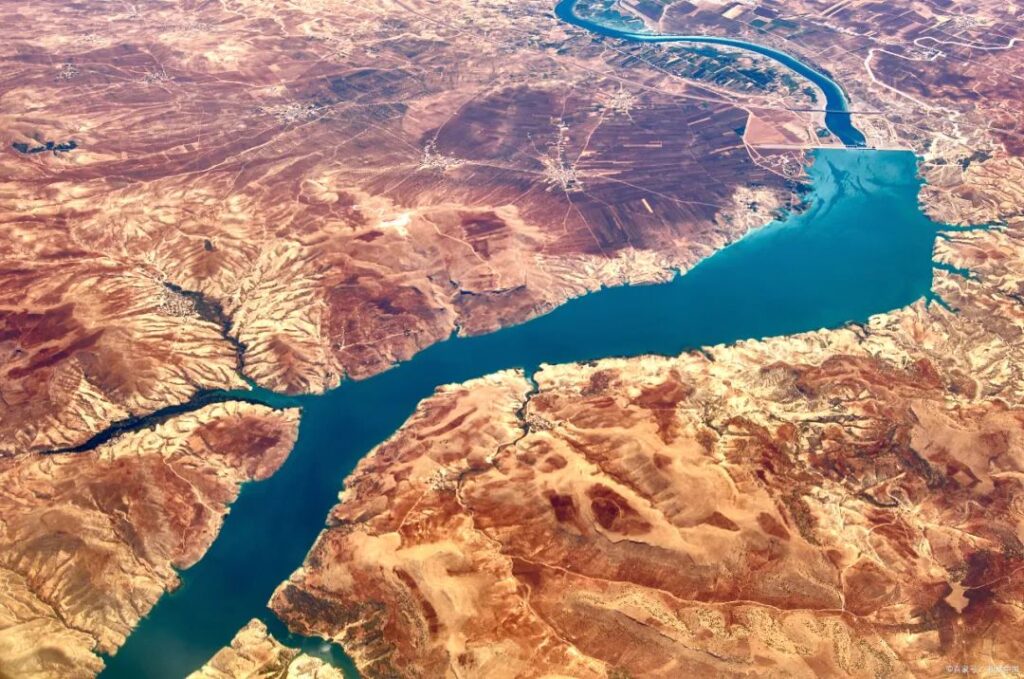
▲ The Nile River, the mother river of ancient Egyptian civilization.
二
The great river civilization was born in the great river basin. These areas have abundant irrigation water, flat terrain, fertile land, mild climate, suitable for human survival, conducive to the cultivation and growth of crops, and can meet the basic needs of people's survival, so agriculture is often very developed.
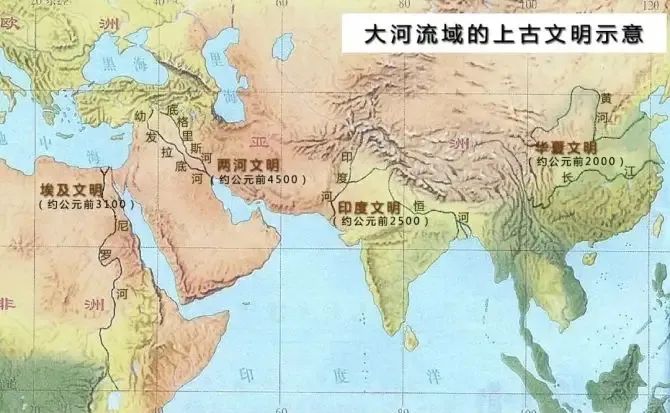
▲ Distribution map of the four ancient civilizations.
Those who are engaged in agriculture are those who have a fixed abode and those who rely on the sky for food. Such a group of people naturally pursue the stability of production and way of life, and naturally pay attention to the inheritance of knowledge and the storage of materials. They do not like looting and war, nor do they like destruction and accidents. Such a group of people not only pray for God's blessings year after year, but also believe that God rewards hard work and that kindness is rewarded. Such a group of people have an almost instinctive dislike for the parasitic rentiers and those who get something for nothing.
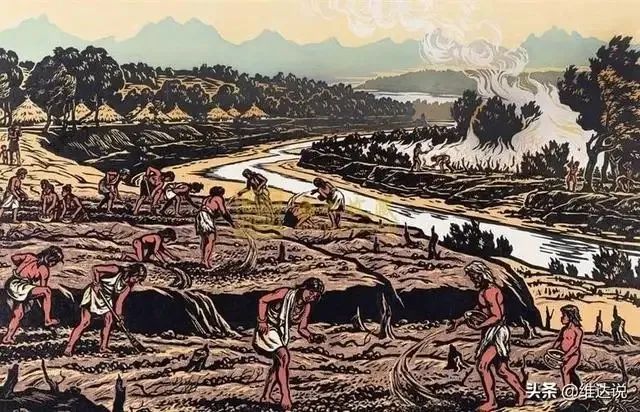
▲ Farming requires collective cooperation.
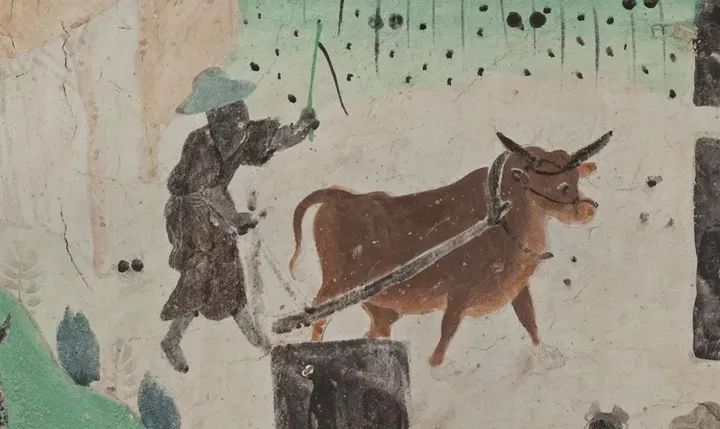
▲The cattle farming murals in the Dunhuang murals.

▲Agricultural groups often live in groups.
三
As a great river civilization and agricultural civilization since ancient times, China has a very rich experience in water control and the values derived from it - such as collectivism, such as man can conquer nature. The founder of the first dynasty in Chinese history, Xia, was a flood control hero Dayu.
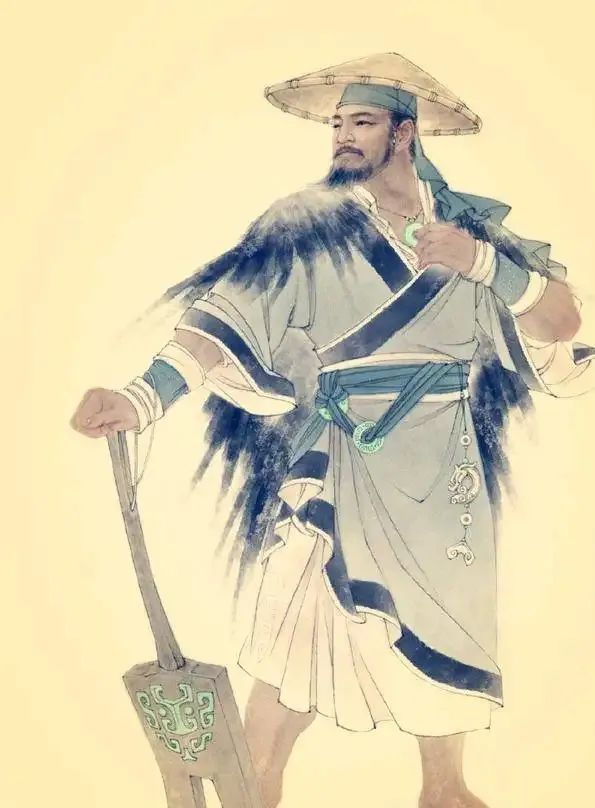
▲ Statue of Dayu
Research in contemporary Chinese historical and archaeological circles has shown that water control has a direct effect on the origin of Chinese civilization and the establishment of early states, and it is no exaggeration to call it the first driving force.
The Yangtze River and the Yellow River are the mother rivers of the Chinese nation. These two great rivers have nurtured the essence of Chinese civilization and laid the foundation for Chinese civilization. The family and the world, the world is one family, starting from the water control. Different ethnic groups living in the same watershed can communicate and cooperate with each other and become a community with a shared future, starting from water control.
On the land of East Asia, besides the Yangtze River and the Yellow River, there is also a large river that spans multiple latitudes and climatic zones from north to south, flows through many regions with great differences in topography and landforms, and benefits many river basin countries. Colorful civilizations, this is the Lancang-Mekong River.
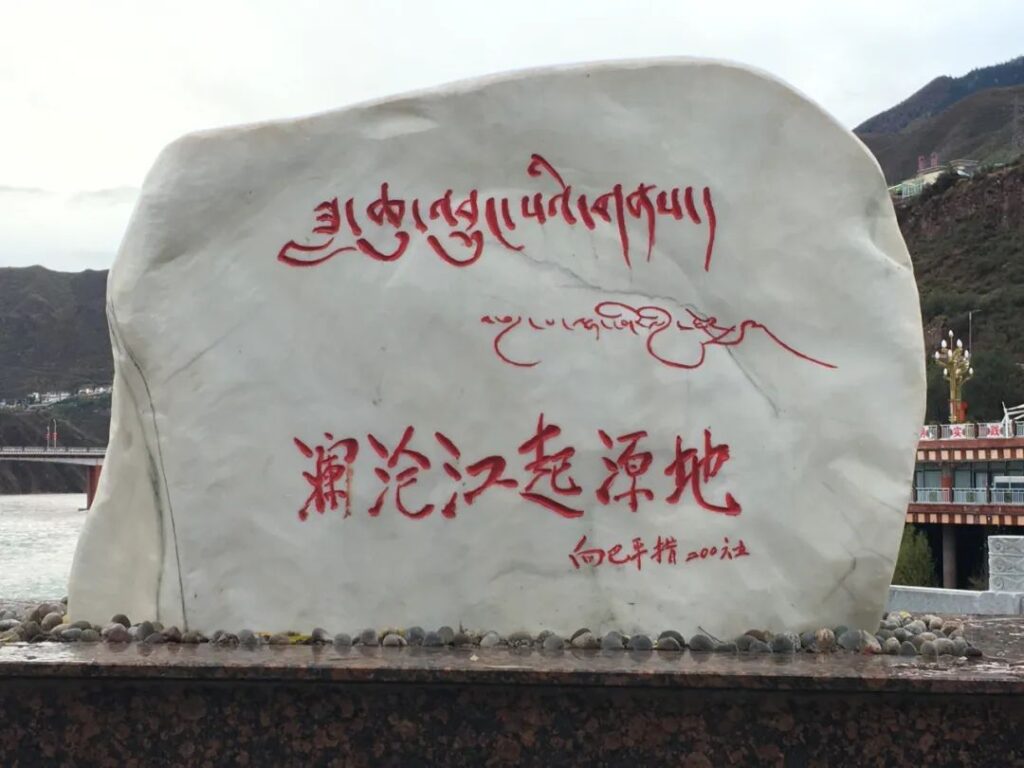
▲The stele of the origin of the Lancang River in Qamdo, Tibet.
四
The Lancang-Mekong River is the sixth largest river in the world, the third largest river in Asia, and the largest river in Southeast Asia. The main stream is 4880 kilometers long (2161.2 kilometers long in China). The Yunnan section of the upper reaches of the Lancang River is located in the Hengduan Mountains of China, with high mountains and deep valleys and turbulent waters. In the lower reaches of the Mekong River, the mountains on both sides of the river gradually decrease, and canyons and flat dams appear alternately; the estuary delta has flat terrain, dense river networks, and a hot climate.
The Lancang-Mekong River has abundant runoff flow, large drop, and abundant hydropower resources. The area that flows through it includes almost all natural landscapes and climate types in the world except the Gobi and desert. In terms of humanities and society, the basin is a multi-ethnic area.
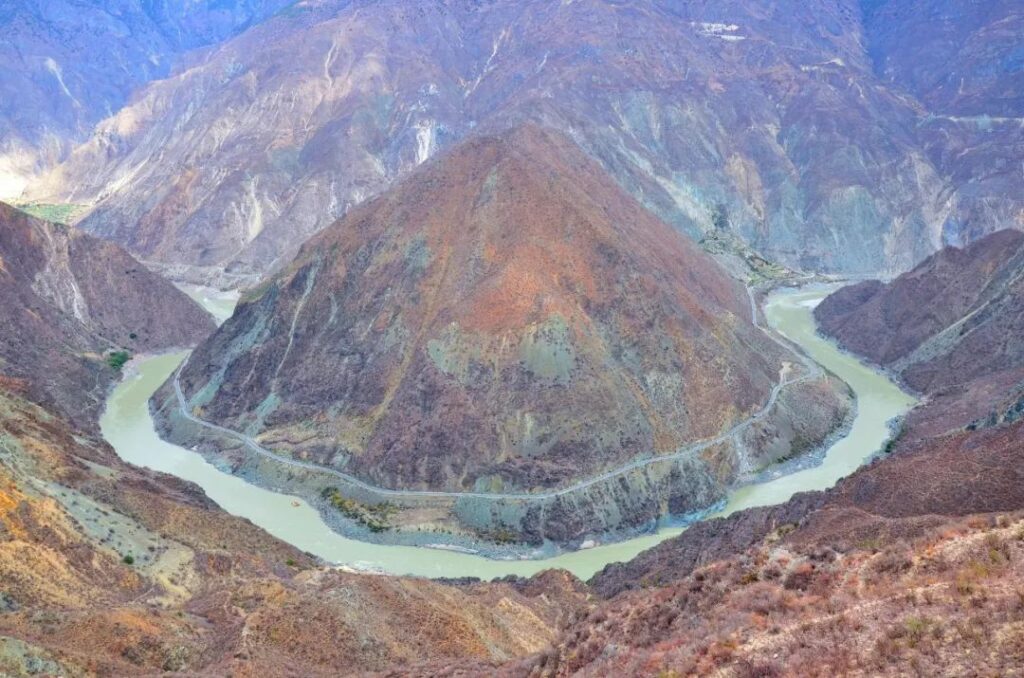
▲The Lancang River Grand Canyon in the Hengduan Mountains is steep and steep.
Rapid water flow.

▲Zhaqu and Angqu meet in Qamdo, Tibet.
The water of Zhaqu is clear, and the water of Angqu is turbid.
After the confluence of the two rivers, it was called the Lancang River.
The Lancang River Zhengyuan Zhaqu and Zhiyuan Angqu are both located in Zaduo County, Yushu Tibetan Autonomous Prefecture, Qinghai Province, China, at the northern foot of the Tanggula Mountains. Zhengyuanyuan is 5,200 meters above sea level. Zhaqu and Angqu flowed out of Qinghai Province and merged in Qamdo, Tibet Autonomous Region, and it was called the Lancang River. The name Lancang may come from Lachu in ancient Tubo or Latze in Yi language, which may mean "the river the tiger jumped into". The name Qamdo means "the place where two rivers meet" in Tibetan.
The Lancang River exits from Mengla County, Xishuangbanna Dai Autonomous Prefecture, Yunnan Province to become the boundary river between Laos and Myanmar, and was originally called the Mekong River. Mekong means "mother" in the old Khmer language.
The Mekong River flows into the South China Sea through nine estuaries east of Ho Chi Minh City, Vietnam, so its section into the sea is also known as the Jiulong River.
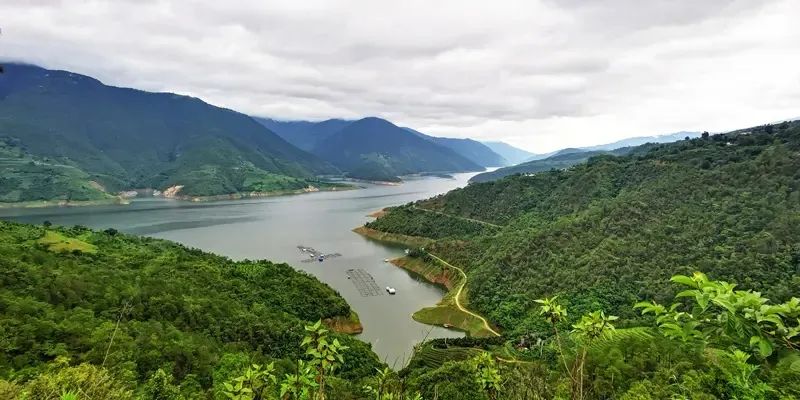
▲The water flow in the middle and lower reaches of the Lancang River gradually flattened.

▲In Phnom Penh, the capital of Cambodia
The turbid Mekong River (right)
Confluence with the clear Tonle Sap River (left).
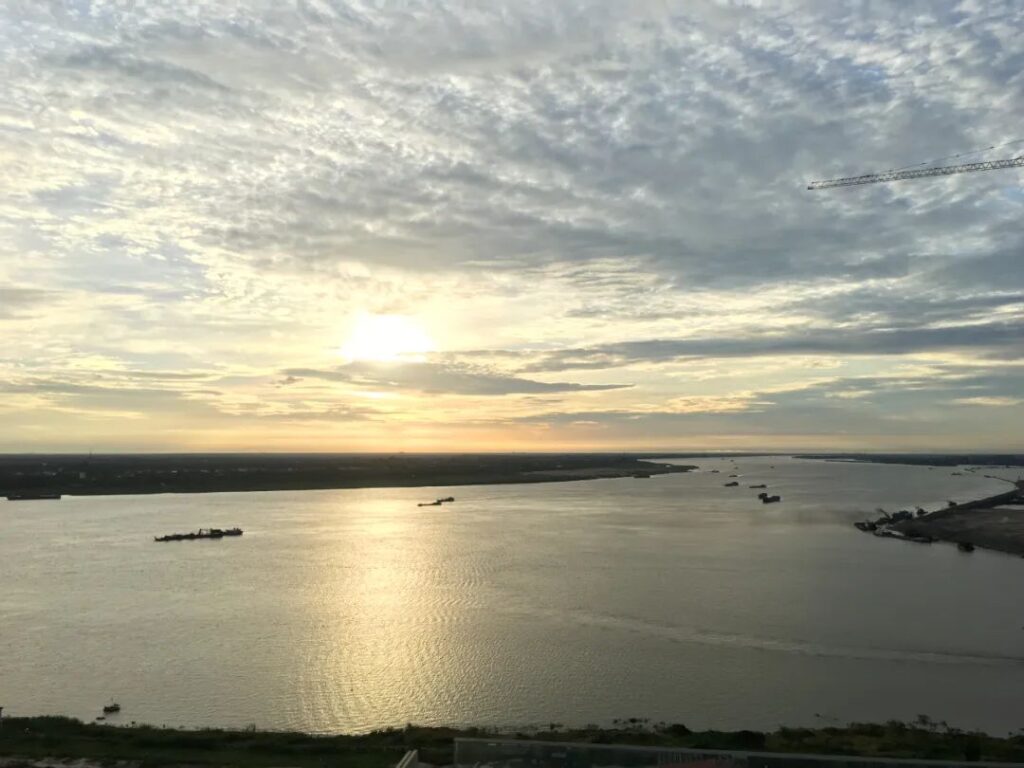
▲ After the confluence, the Mekong River is mighty,
Continue to flow downstream.
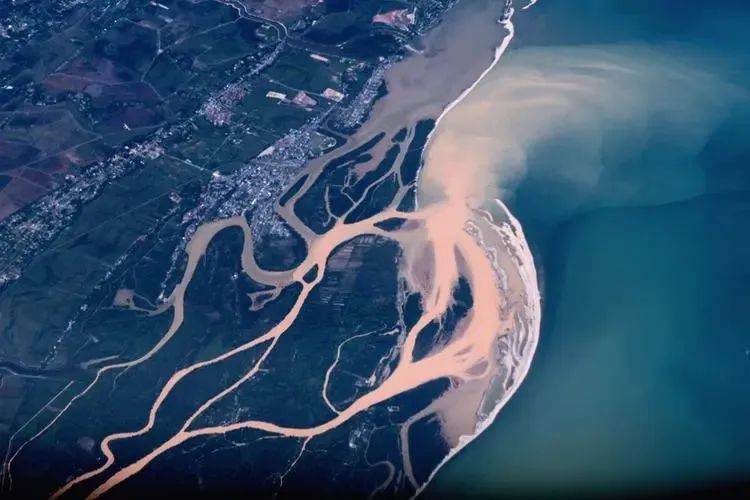
▲Mekong River estuary

▲A map of the Lancang-Mekong River flowing through the country.
五
According to the ancient Chinese classic "Shan Hai Jing: The Great Wild West Classic": "South of the West Sea, on the shore of quicksand, behind Chishui, and before Blackwater, there is a big mountain called the hill of Kunlun… Below it is surrounded by the abyss of weak water. Outside there is a mountain of flames, and things are easy to cast." The black water here is the Lancang River, and the mountains of flames are the Ola Mountain Volcano Group, Shihelangka Ancient Volcano Group and West Qinling Maixiu Volcano in Xinghai County, Qinghai Province group. In ancient times, around the source of the Three Rivers in Qinghai, volcanoes erupted, and the ancients called it the Mountain of Flames.
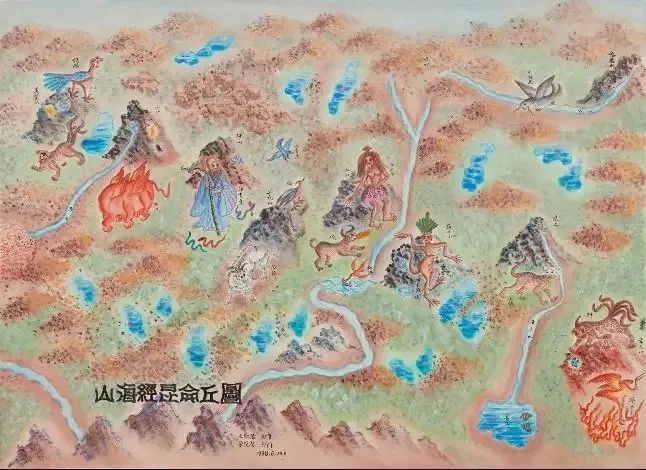
▲ Kunlun Hill in the Chinese mystical classic "The Classic of Mountains and Seas".

▲ Kunlun Mountain Sign Monument.
"Shangshu·Yugong" records: "(Dayu) guides the black water, and as for the three dangers, it enters the South China Sea." The three dangers are today's ethnic minority areas in Yunnan, Guichuan and other places in China, and the South China Sea is now the South China Sea. According to this record, it is very likely that Dayu had reached the present-day Indochina Peninsula in order to control the water.
If these records are true, it means that in the distant ancient times, different ethnic groups living on the East Asian continent (including Northeast Asia and Indo-China Peninsula in Southeast Asia) once united in order to deal with a common problem - water control, and everyone passed by Collective cooperation and struggle have solved the problem of flooding, achieved great agricultural development, and achieved harmonious coexistence of all ethnic groups to achieve great governance in the world.
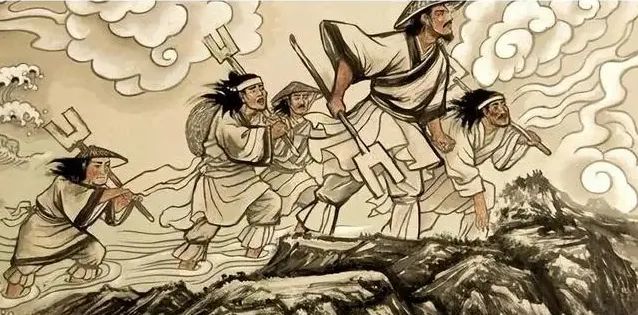
▲ Dayu may have reached the present-day Indochina Peninsula and other places in order to control the water.
六
In November 2014, China proposed the establishment of the Lancang-Mekong Cooperation (“Lancang-Mekong Cooperation”) mechanism at the 17th China-ASEAN Leaders’ Meeting.
In March 2016, the first Lancang-Mekong Cooperation Leaders' Meeting was held in Sanya, Hainan, China, which fully launched the Lancang-Mekong Cooperation process. "Drinking the same river, destiny is closely linked" is not only the theme of the first Lancang-Mekong cooperation leaders' meeting held in Sanya, Hainan, but also the personal experience of the participating countries, and it is also the six countries of China, Cambodia, Laos, Myanmar, Thailand and Vietnam for many years. It is a true portrayal of sustainable development and mutually beneficial and pragmatic cooperation around the Lancang-Mekong River Basin.

▲In March 2016, the first Lancang-Mekong cooperation leaders' meeting was held in Sanya, Hainan.
The Lancang-Mekong Cooperation is the first new sub-regional cooperation mechanism in which six countries in the basin (China, Cambodia, Laos, Myanmar, Thailand, and Vietnam) jointly participate. It has developed rapidly in the past six years and achieved remarkable results.
Since the launch of the Lancang-Mekong Cooperation, the six countries have joined hands and worked together to bring tangible benefits to the people of the six countries. In the future, the six Lancang-Mekong countries will continue to uphold the Lancang-Mekong concept of "development first, pragmatism and efficiency, openness and inclusiveness", and carry forward the Lancang-Mekong culture of "equal treatment, sincerity and mutual assistance, and closeness as one family", persistently seeking cooperation and promoting development wholeheartedly. , and promote the continuous improvement and upgrading of Lancang-Mekong cooperation.
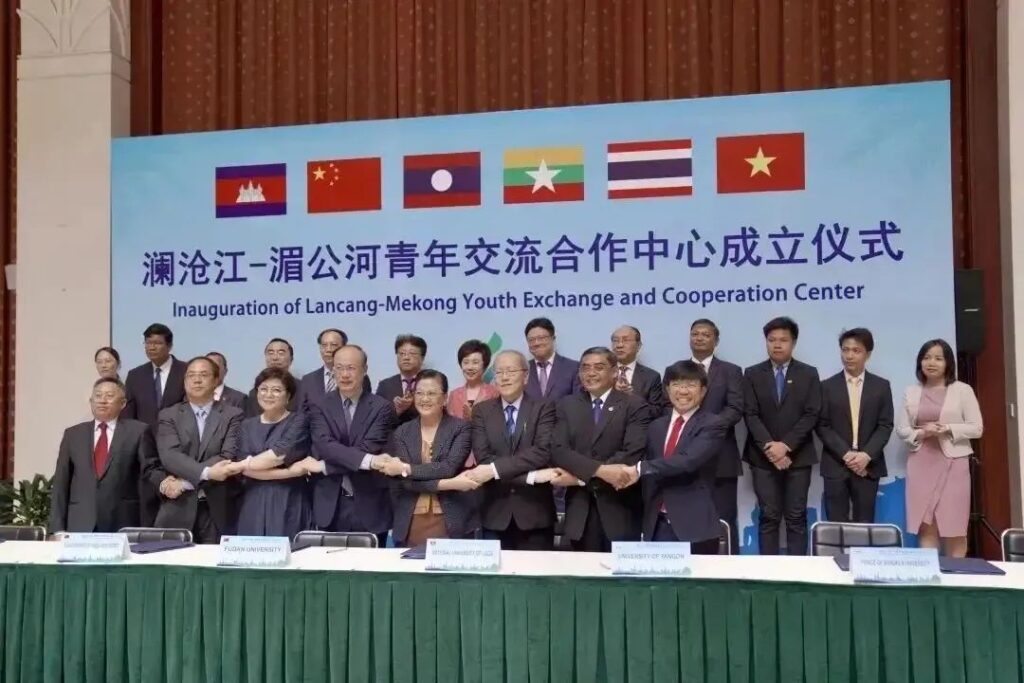
▲In July 2019, the Lancang-Mekong Youth Exchange and Cooperation Center was officially established at Fudan University.

